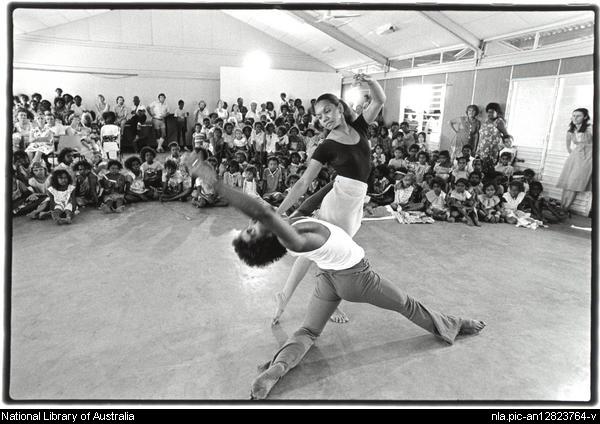First National Preventive Health Research Programme YELP Holistic First Business Plan YELP Holistic First Business Plan Defined Terms SWOT Analysis Executive Summary Deliverables And Costs Snapshot Page To 10 Benchmark Techniques Defined Terms for Five YELP Business Plans
Second National Preventive Health Research Programme
First BTAAP Business Plan Bohémian Teenagers Show Choir Programme Defined Terms BTSCP
Second BTAAP Business Plan Bohémian Teenagers Symphony Orchestras Programme Defined Terms - Bohémian Teenager Symphony Orchestra Programme
Third BTAAP Business Plan Bohémian Teenager Ballet & Modern Dance Programme Defined Terms BTB&MDCP
Interested Marginalised Teenagers or IMTs means for the BTB&MDCP Australians from aged 13 to 19 who, inter alia:
-
receive a low income; and/or
- have a Disability—intellectual, psychiatric, physical, sensory, neurological or a learning disability; and/or
- suffer a serious or chronic illness; and/or
- are homeless; and/or
- are without adult support; and/or
- have low education displaying poor reading, writing and numerical skills; and/or
- from a non-English speaking background; and/or
- may live in rural and remote areas; and/or
-
many are Indigenous to Australia,
and live within, or near to, the Selected 20 Lowest Socio-Economic Regions In Australia With A Population >1,500 and agree to join a BTB&MDC and attend the Dance Class Venue, pursuant to -
Each Interested Marginalised Teenager who joins a BTB&MDC may perform in the Annual National Bohémian Teenagers Ballet & Modern Dance Competition for a Caped Seven Year Tenure provided he/she adheres to BTB&MDC Participation Protocols.
Styles Of Dance notes -
at point 4:
The Corroboree is the ceremonial meeting of Australian Aborigines by interacting with the Dreamtime through dance, music and costume. Many ceremonies act out events from the Dreamtime. In the northwest of Australia, Corroboree is a generic word to define theatrical practices as different from ceremony which is for invited guests only. Across the Kimberley the word junba is often used to refer to a range of traditional performances and ceremonies.
Corroboree and ceremony are strongly connected but different. Corroborees are open performances in which everyone may participate taking into consideration that the songs and dances are highly structured requiring a great deal of knowledge and skill to perform.
Throughout Australia the word Corroboree embraces songs, dances, rallies and meetings of various kinds. In the past a Corroboree has been inclusive of sporting events and other forms of skill display. It is an appropriated English word that has been reappropriated to explain a practice that is different to ceremony and more widely inclusive than theatre or opera.
at point 5:
|
 |
It is envisaged that approx. 50% of the Selected 20 Lowest Socio-Economic Regions In Australia With A Population >1,500 would be dominated by Indigenous Australian teenagers. Hence, the Corroboree and Aboriginal Islander Dance would be danced by many of the BTB&MDC's as they express their native heritage.
Refer Section 16(c).